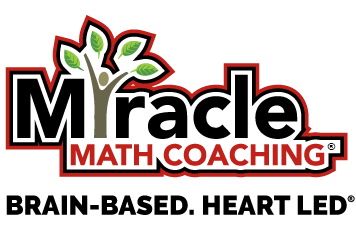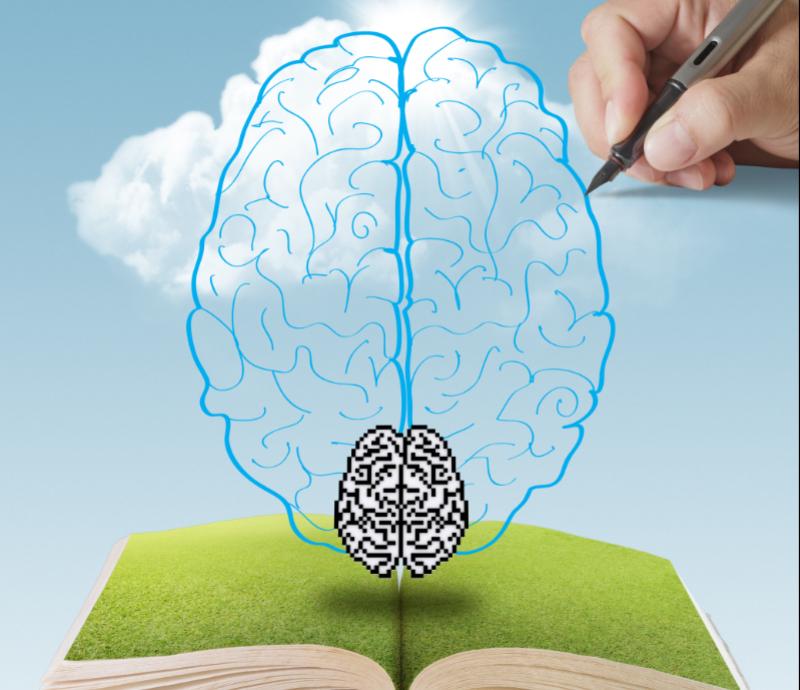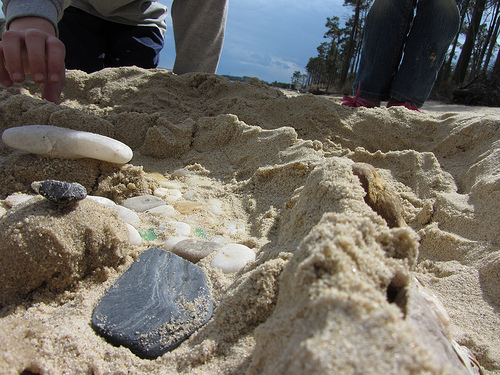What is Brain-Based Learning?
For about 400 years, it was believed that the mind and body were separate things. This idea is now being challenged by cognitive scientists, neuroscientists and linguists. From this challenge to long held assumptions comes the brain-based learning theory.
The notion that learning is primarily a mental process may actually be inhibiting the learning process. Brain-based learning integrates the body and mind in the process of learning. This theory of learning consists of 12 principles.
- Learning is a physical process, not just mental.
- The mind is social in nature
- Searching for meaning is natural
- Patterning is how the search for meaning is done
- Emotions are involved in the patterning process
- The brain deals with wholes and parts at the same time
- Both peripheral perception and focused attention are involved in the learning process
- Learning takes place both consciously and unconsciously
- Memory has at least 2 approaches, which are making sense of experiences and storing away isolated facts
- Learning is on a developmental level
- A threat that can inhibit learning is associated with fatigue and/or helplessness
- The organization of each brain is unique
These principles don’t have to be considered to have a particular order as they are integral parts of the entire process. Understanding and following these principles basically sets students free to learn in a way that makes sense and is natural to them.
It is easy to see that when feedback is from real results rather than simply being told by a teacher, retention is increased. When presented with problems to solve that students can relate to, learning comes more naturally. Creating a learning environment based on students’ interests and situations that matter to them helps them see how what they learn can be applied to their lives.
When brain-based learning is used in teaching children, the entire learning atmosphere is different. Children put the concepts they are working to learn into practice in ways that have meaning to them. Children actually learn how to solve problems instead of just memorizing and regurgitating facts.
There is truth to the saying that you learn by doing. This is what brain-based learning is in a nutshell. Children enjoy learning in this way and as a result, learn even when it seems more like fun than work. This is especially true when kids are working to solve problems as a team because it is a social activity.







